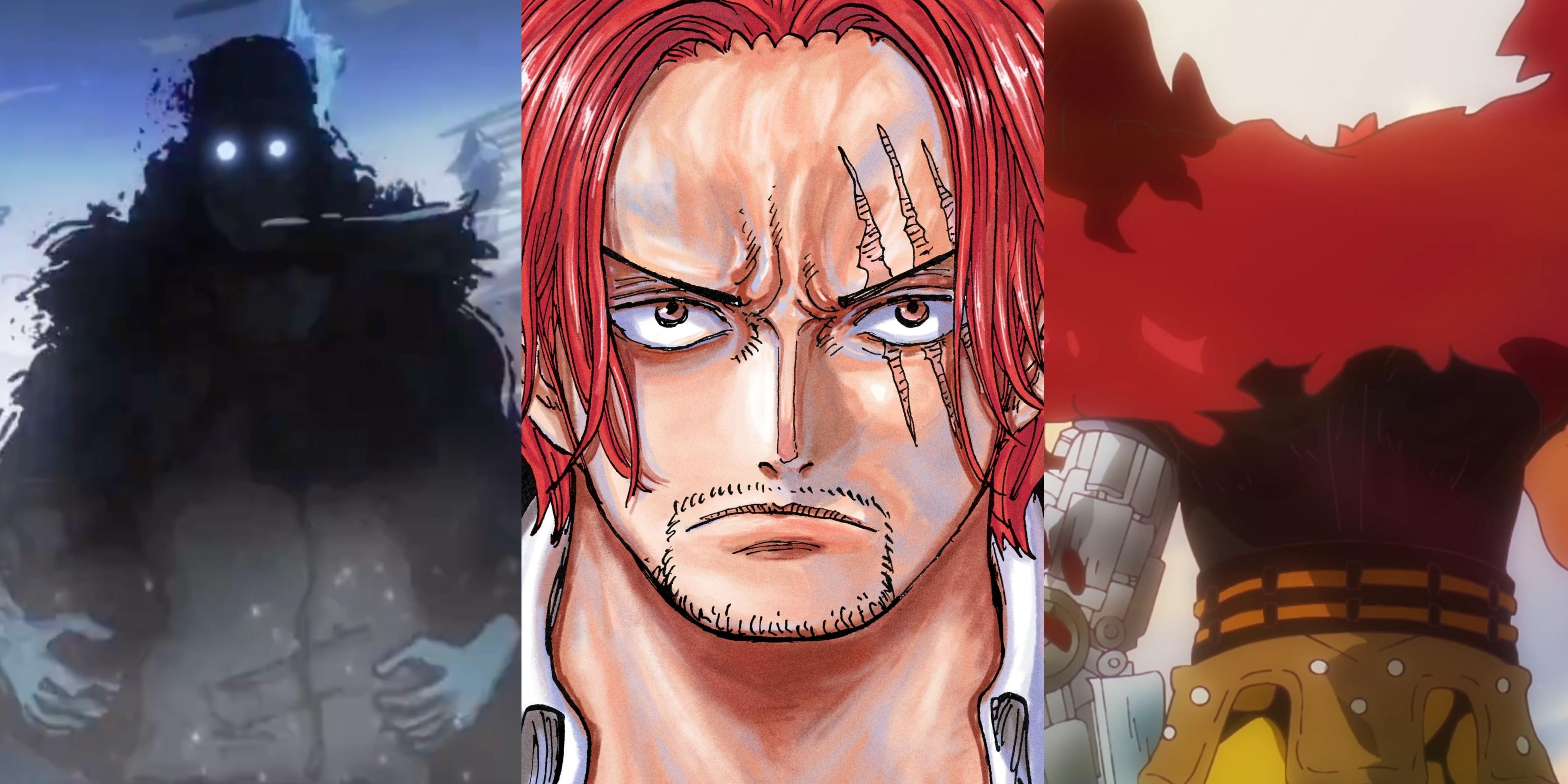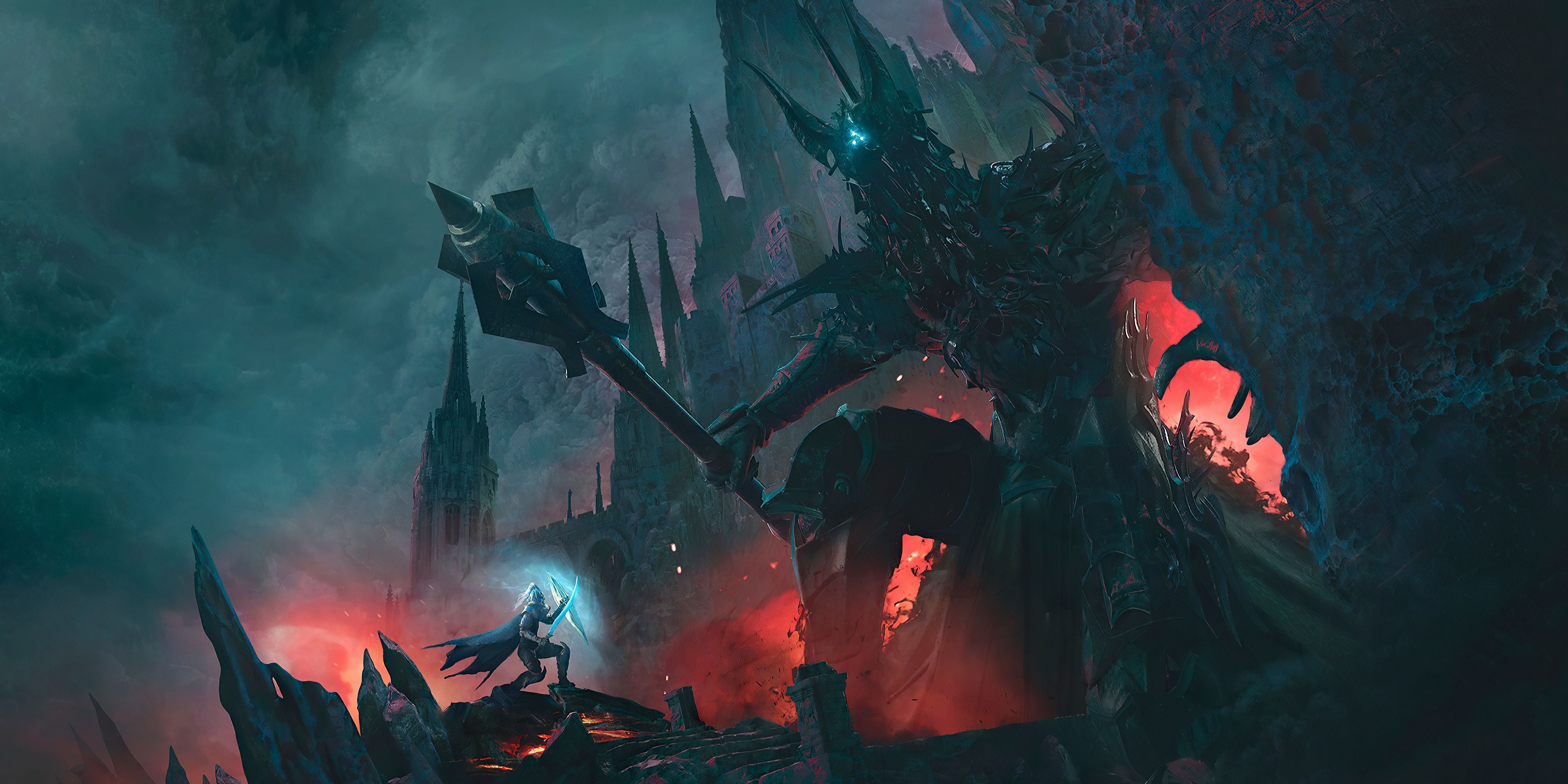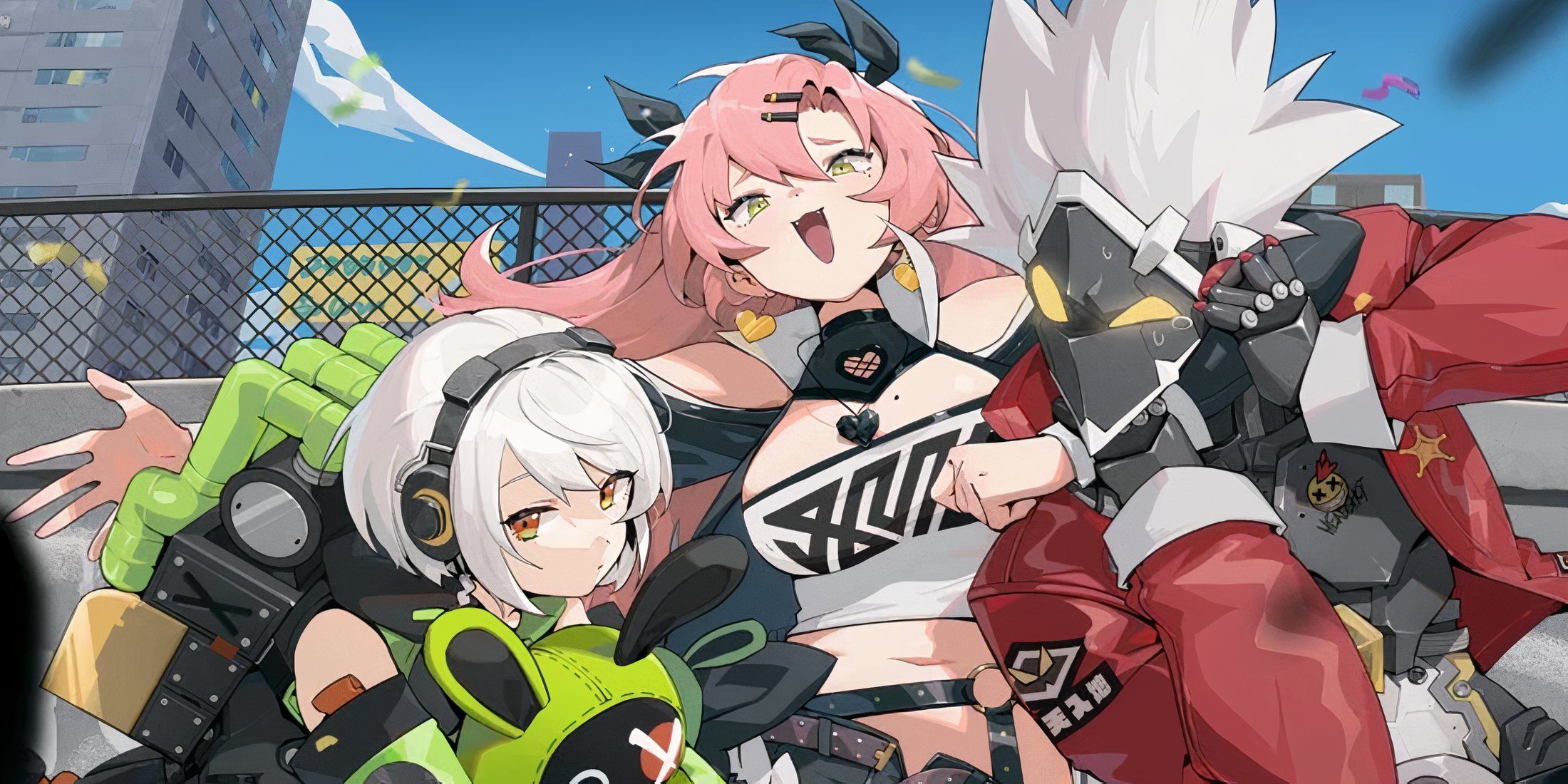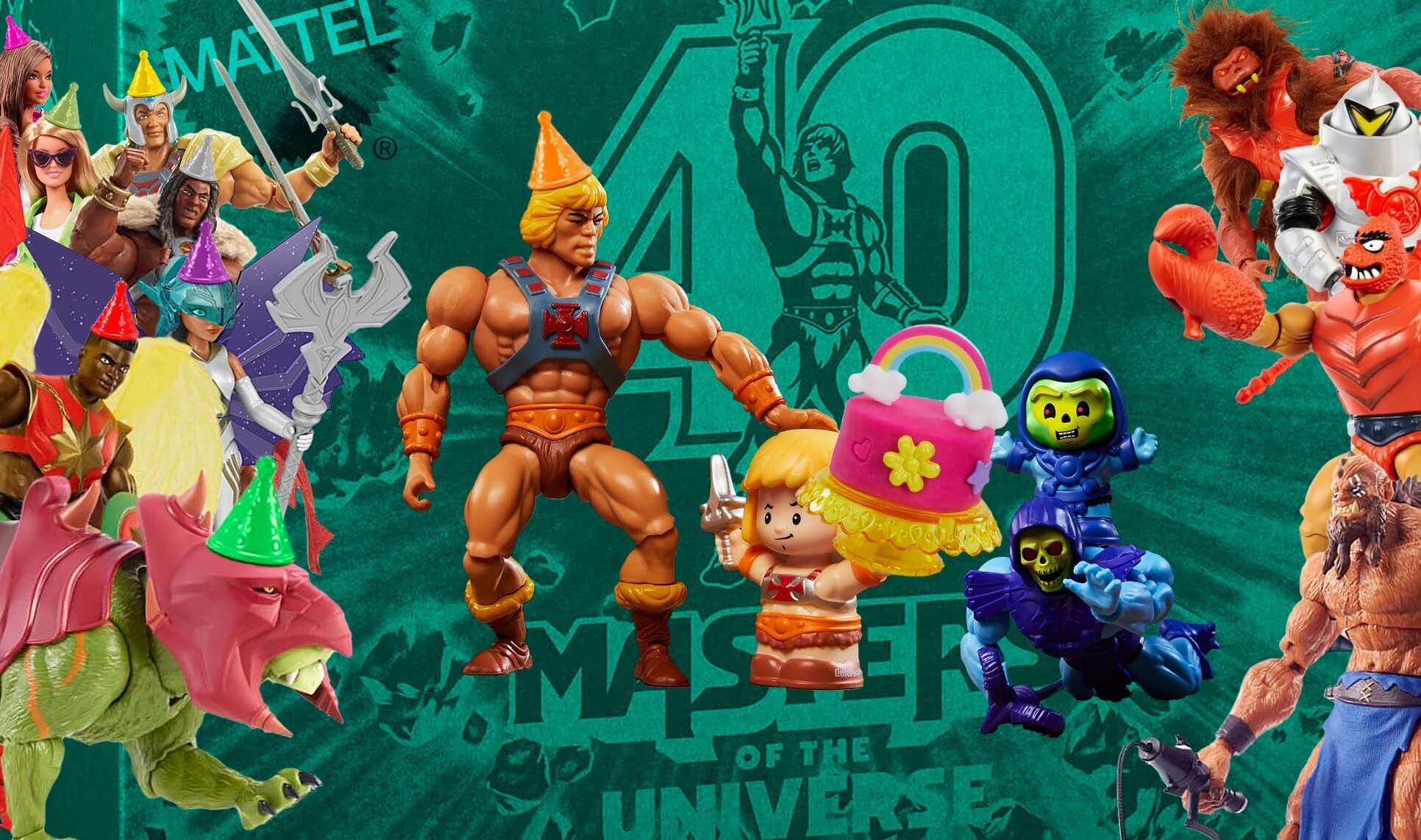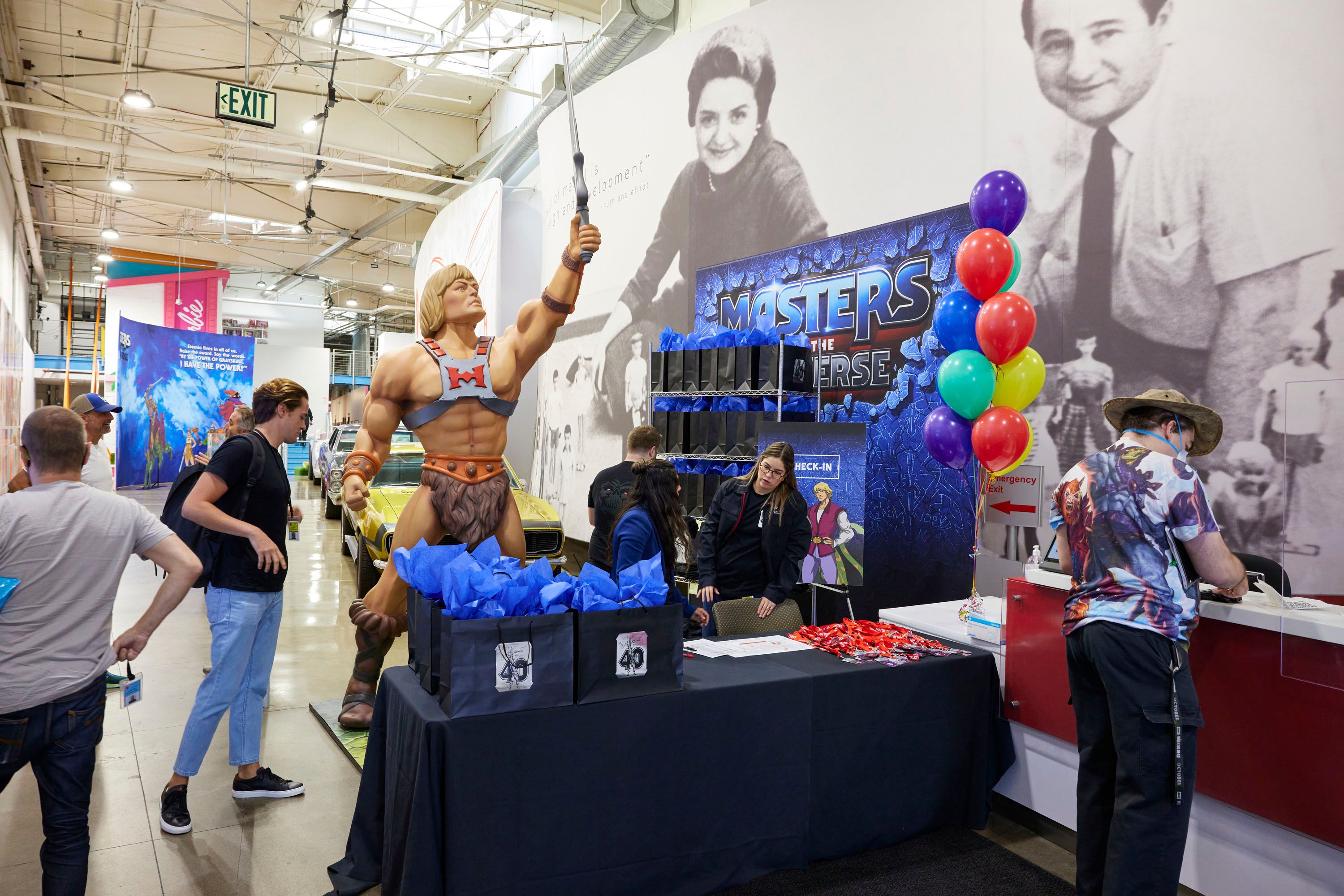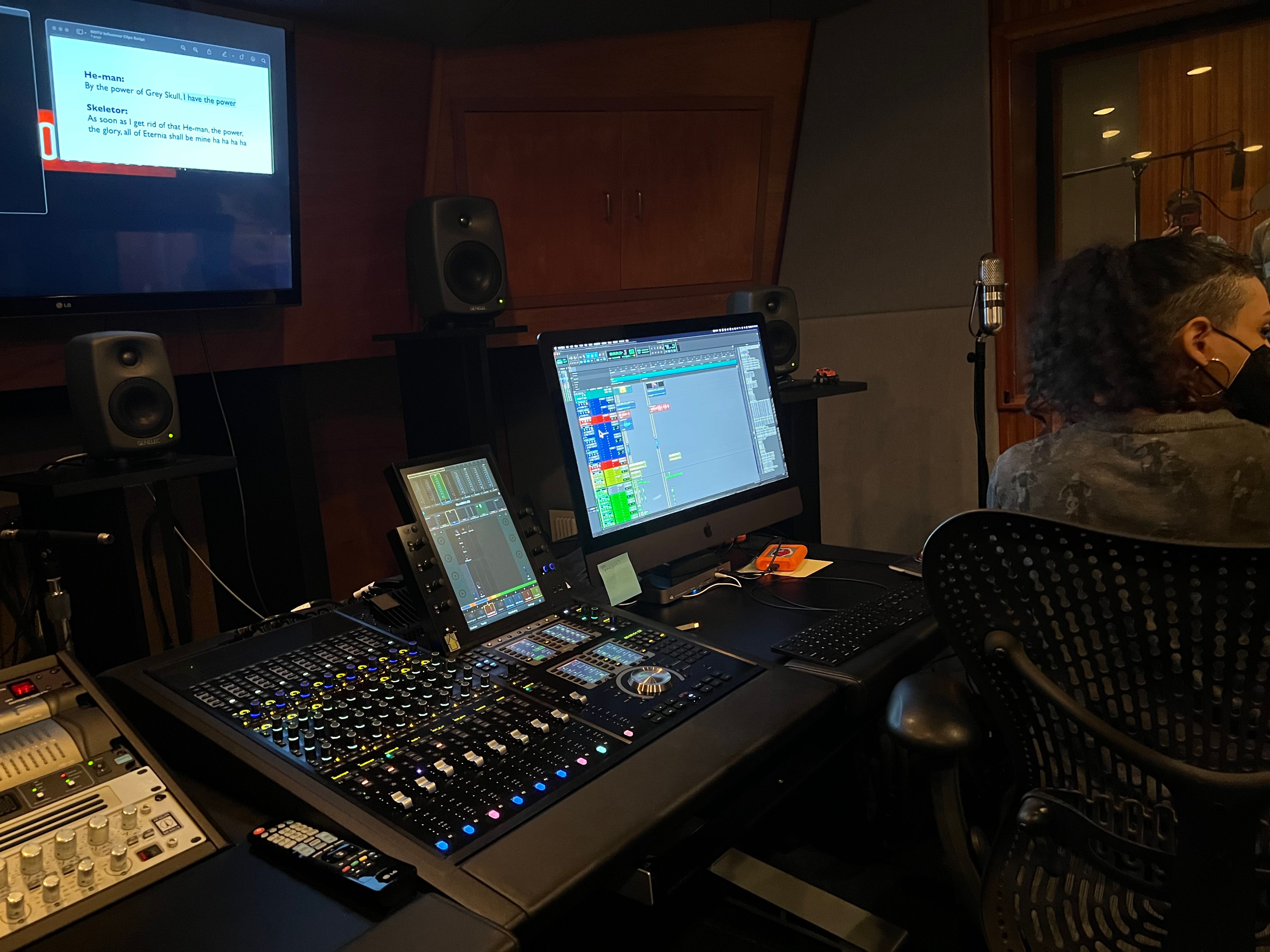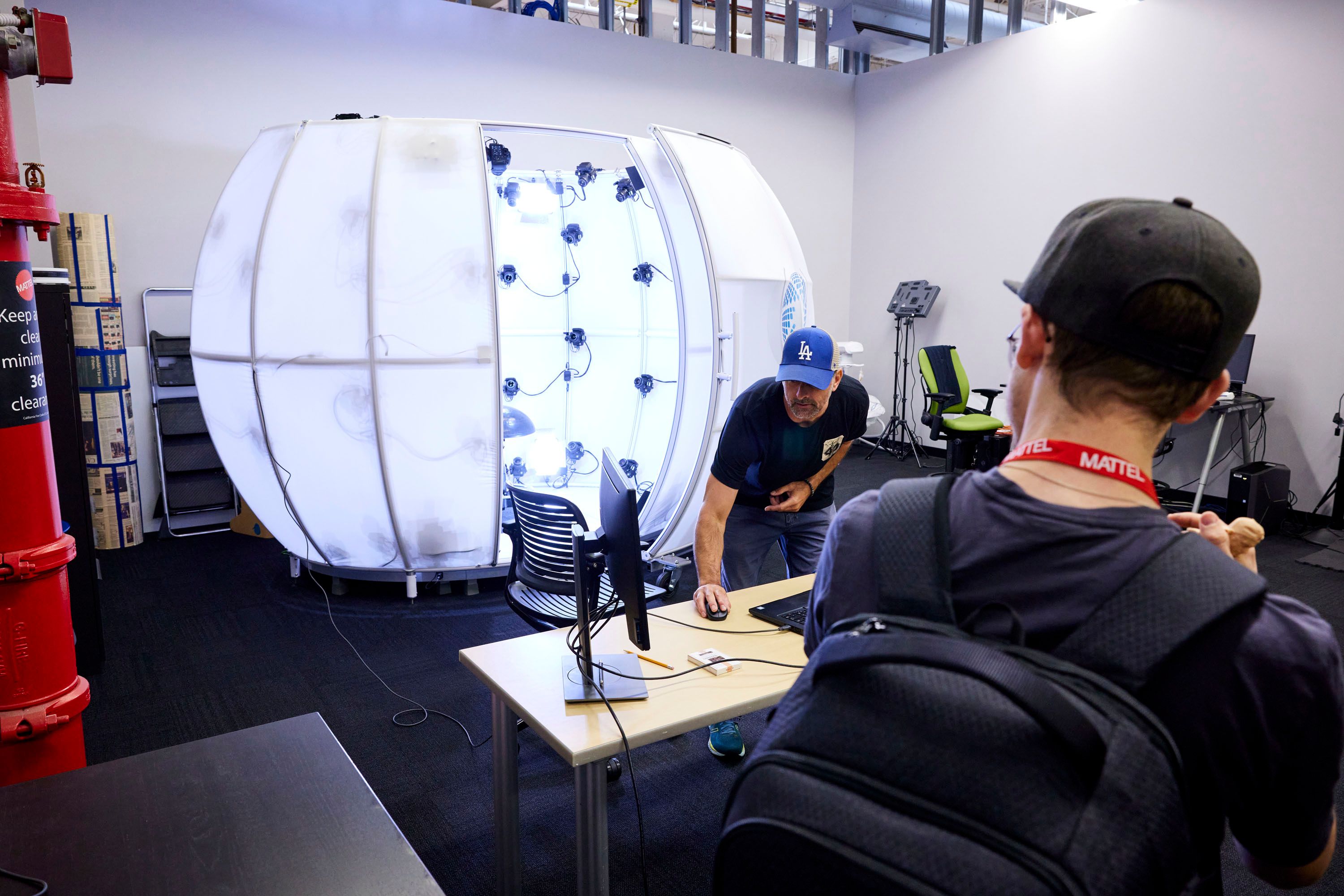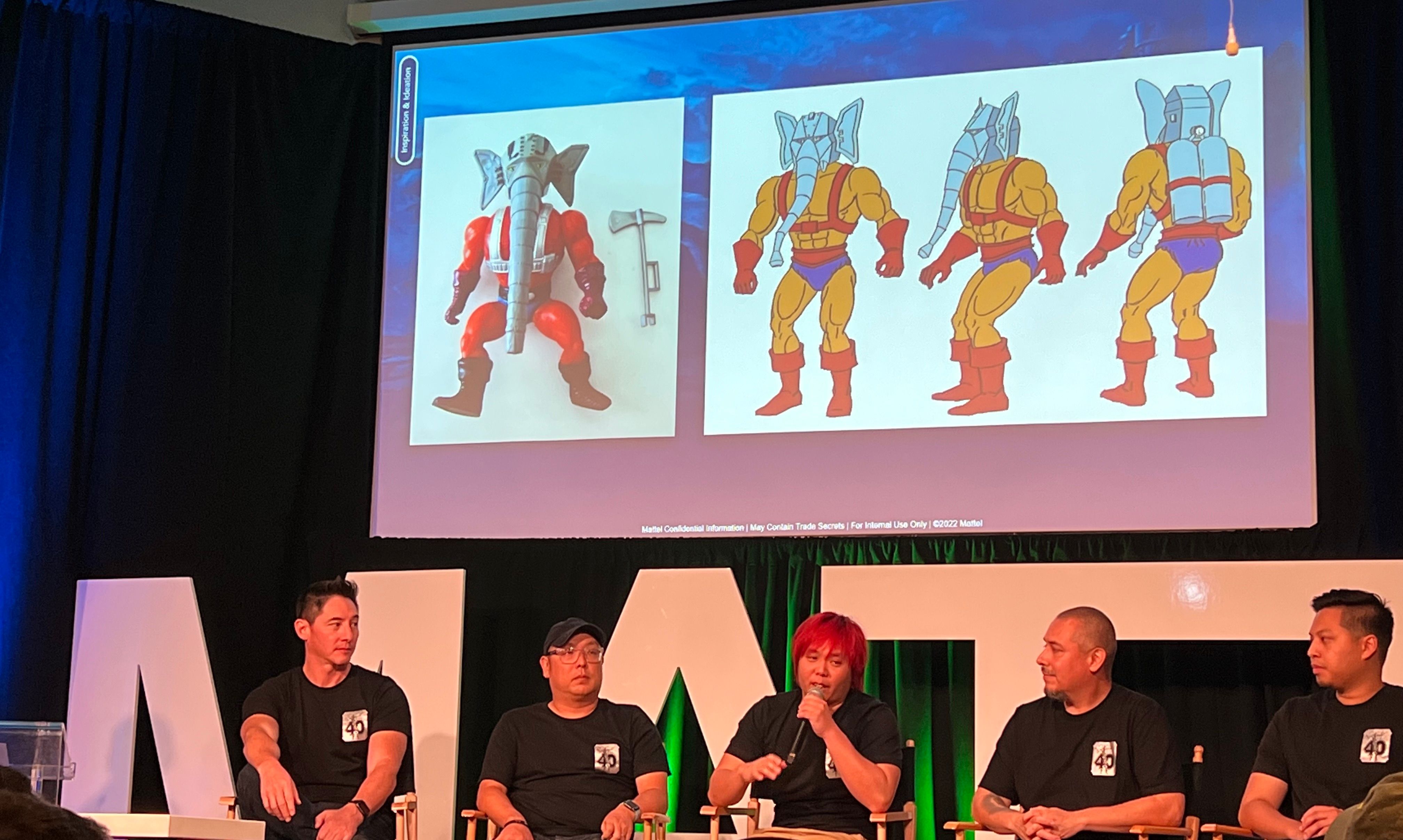This week, He-Man and the Masters of the Universe will be turning 40. It isn’t often that an IP gets to make it to 10 years, let alone 40, so for this occasion, the company behind MOTU (as it is affectionately called) wanted to do something special. They invited Game ZXC for a rare tour of the Mattel Design Center in Southern California, an opportunity that younger versions of ourselves could only dream of.
The goal: to highlight the various parts of the Mattel Design Center that help make Masters of the Universe toys. From concept to finished product, the tour encompassed a lot of cool stops along the way and culminated in a live panel with some of the designers that bring He-Man, Skeletor, and everyone in between to life in plastic form.
Because this was a celebration of Masters of the Universe, the focus of the tour was kept on He-Man and Co. Anything Barbie, Hot Wheels, or in-between was not necessarily off limits in terms of what we could see, but it was not a focus of the visit. So, while we were able to get a unique peek behind a few curtains at Mattel, there are still plenty of mysteries left for another day.
Mattel Design Center Tour
Although this isn’t where Mattel literally manufactures its toys, almost all the creative processes seem to take place in the Design Center (now known as the Handler Team Center). Walking through a massive building lined with cubicles, the Design Center looks a lot like any other business at first glance. But every cubicle, desk, and open space is lined with toys, prototypes, and branding. There may still be a lot of work that goes on at the Mattel Design Center, but there is plenty of play that takes place as well.
The first stop on the tour was a visit to the recording studio inside the Mattel Design Center. With both a soundproof booth and a mixing room, Mattel can record audio for any of its various properties. For the purposes of the tour, a few members of the group were able to record voice lines for He-Man and Skeletor to see how that process works. It’s almost exactly like one would expect a voice recording set-up to look, and it’s impressive to see it in the middle of Mattel’s design facilities.
Next up was the 3D printing space, which is packed full of machines. Mattel’s Master Modelmaker, Robert Coleman, gave us a run-through of the 3D printing process. It starts with a 3D image file that can be as detailed or as rough as necessary. Then that file is uploaded to a massive 3D printing machine that places layer after layer of a plastic material where the physical item should be and surrounds the edges with a support gel. This gel makes the finished product look like it is encased in Jell-O but it’s key to making sure every piece of the figure is supported during the 3D printing process. The gel is then removed by high-pressure water nozzles in a separate machine.
Coleman explained that the 3D printing process is important for several reasons. For starters, it gives the designers a physical item to look at and decide whether it meets their goals. They can look at the proportions, the textures, and how well the toy captures the spirit of the character. A digital model can only be so helpful before the designers need to look at an actual toy. 3D printing can also help highlight the structure of a toy and whether its design is actually feasible.
One of the cooler things that the 3D printer can do is take a 3D image of a real person or object and then make it a figure. During our tour, we saw several 3D printed figures of employees that work at the Design Center brought to life as their own action figures. That, in and of itself, is a fun application, but for the Mattel designers, that ability to scan a person allows for figuring out how to model things like facial expressions or unique accessories. The best way to explain the 3D printing process is that it is like the first test run for any number of Mattel design applications.
Working backward from the 3D printing phase, we were able to visit the 3D scan center, where Mattel designers can take highly detailed, 3D images of people or objects. A spherical room with a lot of bright lights and 64 DSLR cameras is used to create these 3D images – with the help of some computer software, of course.
We were able to watch firsthand as Senior Digital Modelmaker Steve Johnson put a couple of attendees into the booth, took their photo, and then began the process of turning those photos into a 3D model. Johnson explained that the process can take minutes or hours depending on the complexity of the image and the power of the hardware, but we were able to see a finished image that was incredibly detailed and lifelike. Johnson also showed us his own finished model, which started in the scan center and finished in the 3D printer.
While the bulk of the Mattel Design Center is dedicated to the creative process in terms of designing and manufacturing prototypes, there is also a space built purely for inspiration. Dubbed the Eternia Room, this rectangular room can best be described as a shrine to Masters of the Universe. Figures from throughout MOTU’s 40-year history line the walls of the Eternia Room, leading to a model of Castle Grayskull and a translucent, glowing Orko in the back.
It may not be an essential piece of the Mattel Design Center (or maybe it is?) but the Eternia Room hammers home the idea that this is still a facility for toys. What’s really cool is that this is a space that is rarely seen by outside eyes – it is built for the designers to bask in the history of MOTU – and yet it’s the most eye-catching part of the whole building.
Designing Masters of the Universe Toys
After getting a sense of some of the physical processes that go into designing and prototyping a Masters of the Universe figure, Mattel held a panel featuring select members of the MOTU design team. Here, we learned about the exhaustive lengths that designers go to ensure that each Masters of the Universe product is quality, functional, and respects the history of the brand.
Iteration was the buzzword of the panel, with each designer talking about how they are constantly tweaking their designs and giving notes before settling on a finished product. Whether it’s the Masterverse or the Origins line, there is a lot of thought put into every design element, and it was fascinating to hear the designers detail their process.
For Masterverse it seems that the approach is to respect the legacy of the character while also delivering something new. The panel illustrated this with a breakdown of the design process for a Two-Bad figure, which is modern in many respects but has a lot of tiny details that honor the character’s earlier iterations. Things like the emblem on his chest armor or the design of the weapons are all carefully considered and iterated on extensively.
Origins figures, on the other hand, want to respect the legacy of the original figure but bring it into the modern space. The panel explained how they looked at an Origins version of Snout Spout that retains the ability to squirt water out of its snout but features modern articulation and an interchangeable head. Again, the iteration and the notes on design were extensive before landing on the Origins Snout Spout that was eventually released.
The design of the toys themselves is only part of the (literal) package, with the art occupying the other. Key Lead Packaging Designer Roy Juarez explained the process that goes into designing the packaging art for each figure, and how the process evolves over time. Drawing influence from earlier MOTU artists and legends like Frank Frazetta, the design team gets to highlight the personality of the character with stunning artwork. Juarez also acknowledged that the team likes to drop a few Easter Eggs into the packaging art, either to hint at a character on the way or just to get the fans speculating.
From early concepts to the finished products, the Matell Design Center covered so many facets of the Masters of the Universe toymaking process. It was a one-of-a-kind experience that had plenty of unique displays and also fascinating insights into Mattel’s design philosophies. 40 years later and the folks at Mattel seem just as passionate about new Masters of the Universe opportunities.

